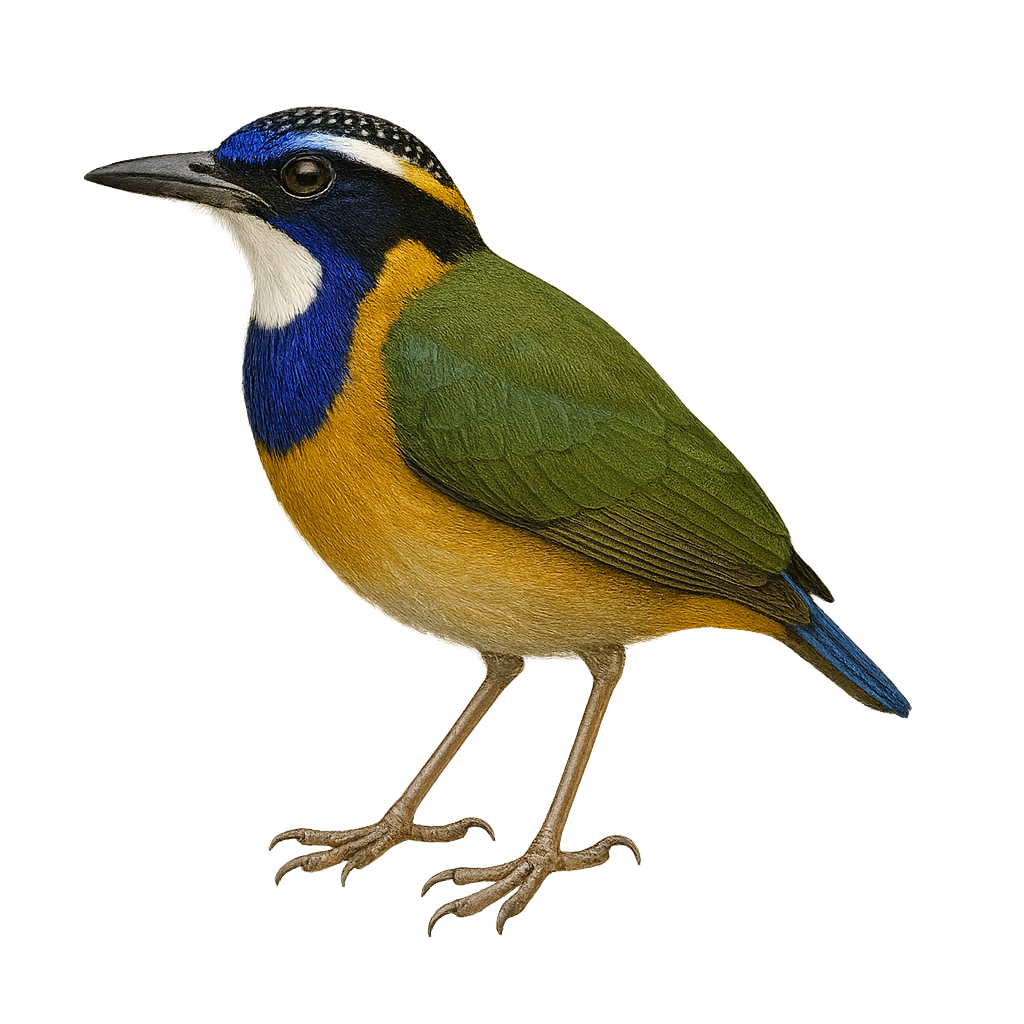Your wildlife photography guide.
Explore the schlegel's asity in detail, study its behavior, prepare your shots.
Where to observe and photograph the schlegel's asity in the wild
Learn where and when to spot the schlegel's asity in the wild, how to identify the species based on distinctive features, and what natural environments it inhabits. The WildlifePhotographer app offers tailored photography tips that reflect the schlegel's asity’s behavior, helping you capture better wildlife images. Explore the full species profile for key information including description, habitat, active periods, and approach techniques.
Schlegel's Asity
Scientific name: Atelornis pittoides

IUCN Status: Near Threatened
Family: EURYLAIMIDAE
Group: Birds
Sensitivity to human approach: Suspicious
Minimum approach distance: 10 m
Courtship display: October to November
Incubation: 17-19 jours
Hatchings: October to December
Habitat:
Humid tropical forests, dense undergrowth
Activity period :
Primarily active during the day, with peak activity in the morning and late afternoon.
Identification and description:
The Schlegel's Asity is an endemic bird of Madagascar, belonging to the Eurylaimidae family. This medium-sized bird features bright green plumage with bluish hues on its wings and tail. Males are distinguished by their striking blue collar around the neck, which becomes particularly prominent during the breeding season. Females, on the other hand, display duller colors, often olive green. The Schlegel's Asity primarily inhabits the island's humid tropical forests, where it feeds on fruits, insects, and small invertebrates. Its melodious and varied song echoes through the undergrowth, adding a sonic touch to its lush environment.
Recommended lens:
400 mm – adjust based on distance, desired framing (portrait or habitat), and approach conditions.
Photography tips:
To photograph the Schlegel's Asity, opt for sunny mornings when natural light highlights its vibrant plumage. Use a 400mm lens or longer to capture precise details without disturbing the bird. Patience and discretion are key; position yourself at a safe distance of 10 m and wait for it to perch on an open branch. A tripod can be useful to stabilize your camera, especially in shaded areas.
The WildlifePhotographer App is coming soon!
Be the first to explore the best nature spots, track rutting seasons, log your observations, and observe more wildlife.
Already 1 430 wildlife lovers subscribed worldwide

